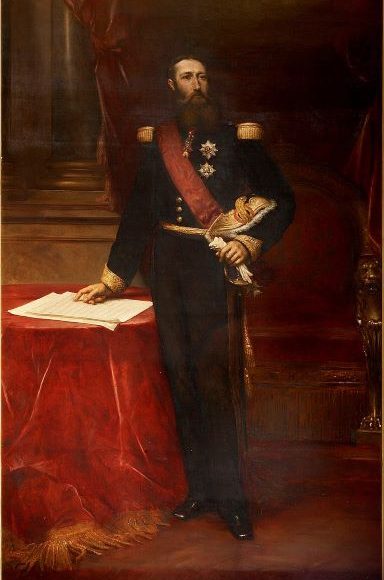February 5 in History
1885 – King Leopold II of Belgium establishes the Congo as a personal possession
On this day in 1885, Belgian King Leopold II established the Congo Free State, present-day Democratic Republic of the Congo, by brutally seizing the African landmass as his personal possession. Rather than control the Congo as a colony, as other European powers did throughout Africa, Leopold privately owned the region becoming the founder and sole owner of the country. He used Henry Morton Stanley to help him lay claim to the Congo and at the Berlin Conference of 1884–1885, the colonial nations of Europe authorized his claim and committed the Congo Free State to him.
Leopold financed development projects with money loaned to him from the Belgian government, with the stated goal of bringing civilization to the people of the Congo, but ran the country by using the mercenary Force Publique for his personal gain. He extracted a fortune from the territory, initially by the collection of ivory and, after a rise in the price of natural rubber in the 1890s, by forced labour from the native population to harvest and process rubber.
Leopold’s administration of the Congo Free State was characterized by atrocities and systematic brutality, including forced labour, torture, murder, kidnapping, and the amputation of the hands of men, women, and children when the quota of rubber was not met. In one of the first uses of the term, George Washington Williams described the practices of Leopold’s administration of the Congo Free State as “crimes against humanity” in 1890. These and other facts were established during Leopold’s rule by eyewitness testimony, by on-site inspection from an international commission of inquiry, by the investigative journalism and activism of E. D. Morel, and by the 1904 Casement Report.
While it has proven difficult to accurately estimate the pre-colonial population and the amount by which it changed under the Congo Free State, estimates for the Congolese population decline during Leopold’s rule range from 1 million to 15 million. The causes of the decline included epidemic disease, a reduced birth rate, and violence and famine caused by the regime.
In 1908, the reports of deaths and abuse, along with pressure from the Congo Reform Association and other international groups, induced the Belgian Government to take over the administration of the Congo from Leopold during the penultimate year of his rule. The Congo Free State was thus reconstituted as a new territory, the Belgian Congo, which remained a colony until the Democratic Republic of Congo gained its independence in 1960.
– nationalgeographic.org/ENCL



Comments are closed, but trackbacks and pingbacks are open.